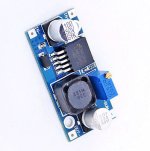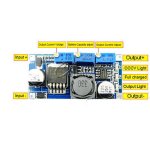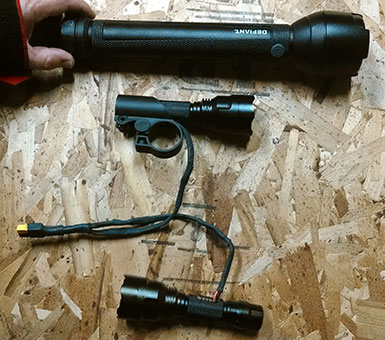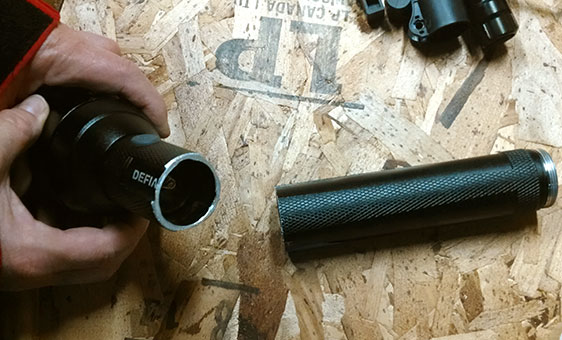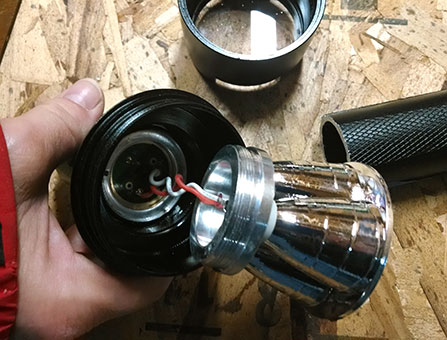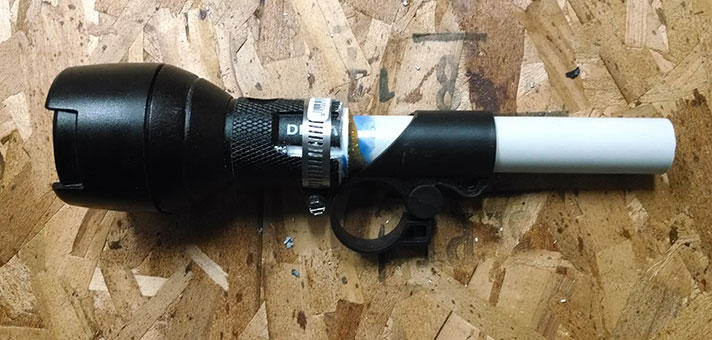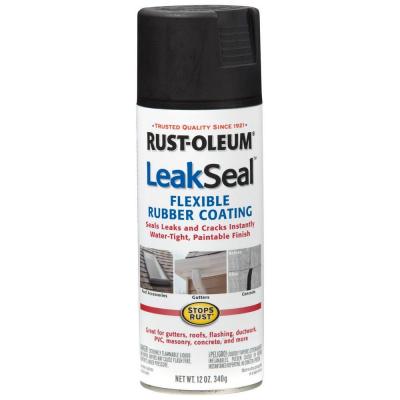Kingfish
100 MW
Greetings ES peoples –
From the land of dark winter days and pitch-black nights when the sky is spitting down large-drop rain… it is time for a modification.
As I said in a previous post, the Cree UltraFire WF-501B units are not a good direct swap because I’d have to purchase new mounting hardware and remake the front faring to match; a little too much work.
Instead, I have analyzed the problem with the UniqueFire X8 Cree XP-G R5 300L HP-LED, and it comes down to this:
The question that I have is that there appears to be several varieties of the 7808, with some having 1A or 1.5A output, and other lesser details. My thinking was to go for the 1.5A out because the Crees are able to regulate their own current.
So it comes down to:

Here's the link to the selection again: Digikey search.
Awaiting illumination, KF
From the land of dark winter days and pitch-black nights when the sky is spitting down large-drop rain… it is time for a modification.
As I said in a previous post, the Cree UltraFire WF-501B units are not a good direct swap because I’d have to purchase new mounting hardware and remake the front faring to match; a little too much work.
Instead, I have analyzed the problem with the UniqueFire X8 Cree XP-G R5 300L HP-LED, and it comes down to this:
- Either I’m developing night-blindness, or the UniqueFire is slowly dimming. :?
- The Crees are affected by the Blinkies on the same circuit, and flickering in an annoying way.
- Reviewing the DC Input of the Crees: The range is between 2.5 to 9 VDC, and may consume up to 1000mA.
- The DC-DC Converter driving the accessory circuits puts out 60W total; one 3.3V @ 9A max, and two 12V @ 2.5 A max.
- The Planet Bike Super-Flash Blinkies used two AAA batteries, each rated for 1000mA+ at 1.5V, however the mfr says they’ll run for 100+ hours, therefore we must presume that the consumption is 3 VDC at 100mAh Qty-2 -> 0.6W total for the pair; a negligible amount.
The question that I have is that there appears to be several varieties of the 7808, with some having 1A or 1.5A output, and other lesser details. My thinking was to go for the 1.5A out because the Crees are able to regulate their own current.
So it comes down to:
- Does the mod sound reasonable; have I missed anything?
- Which device should I select?

Here's the link to the selection again: Digikey search.
Awaiting illumination, KF


